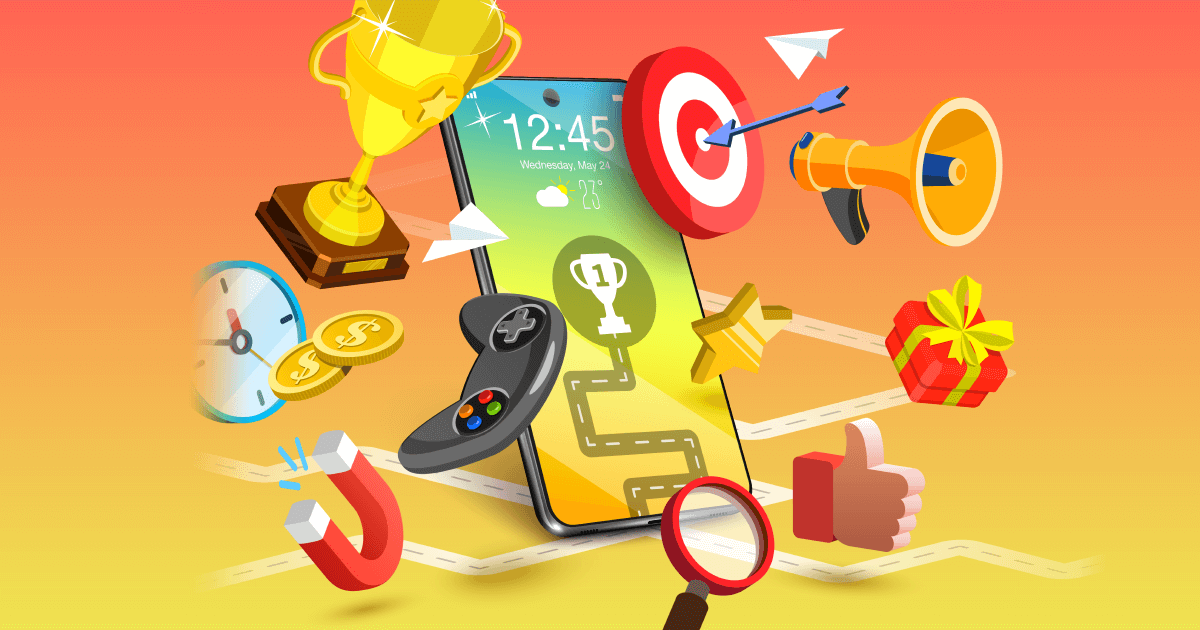

A branded game (or 'advergame') is a personalized game that advertises a particular business, service or product:
Overall, branded games are a fun and effective way for businesses to promote their products or services and engage with their customers.

Using branded games as part of your marketing strategy can offer a range of benefits:
Overall, branded games provide a unique and entertaining way to engage with your audience, promote your brand, and gather valuable insights. By incorporating branded games into your marketing strategy, you can enhance customer engagement, increase brand awareness, and drive business growth.


Brand marketing managers can benefit from adopting branded games in several ways:
Overall, adopting branded games can help brand marketing managers to engage with their target audience in a non-intrusive way, gather valuable data on customers, boost brand awareness, improve brand image, and do so in a cost-effective manner.

Use a custom event game to attract customers to your event booth:
Overall, using a video game at your event booth can be a fun and effective way to attract customers and increase engagement with your brand - you can create a memorable experience for event attendees and make a lasting impression on your target audience.


Event games can be used to educate attendees about a company's products or services in the following ways:
Overall, event games can be a powerful tool for educating show attendees about a company's products or services. By incorporating educational content, product demonstrations, interactive quizzes and surveys, storytelling, and augmented reality experiences into the game, attendees can learn about the brand in a fun and engaging way.

Serious games promote problem-solving skills, critical thinking, and empathy for people from different backgrounds. Serious games have been found to be effective in various contexts, including education, health, and skill development:


Game-based learning is an engaging way to onboard and train that uses gameplay as an active learning technique to educate participants and influence their behavior:
Overall, game-based learning can be an effective way to teach skills and concepts by providing immersive experiences, incorporating storytelling and gamification elements, offering interactive assessments, encouraging collaboration, and customizing the learning experience to the participant.

Gamification is the process of using game elements in a non-game context to improve engagement, motivation, and attention span. A gamification platform typically includes the following features:
Overall, a gamification platform should be designed to make learning more engaging, interactive, and fun, while also providing clear objectives and meaningful rewards to encourage continued engagement.


To develop a game for your brand, follow these steps:
Hypersurge create custom-made, cross-platform games that showcase your brand and acquire insight from player behavior. We'd be delighted to help you.
Is your brand looking for a unique, innovative and cutting edge marketing strategy to increase sales, user engagement and customer loyalty? We create world class games that showcase your brand.